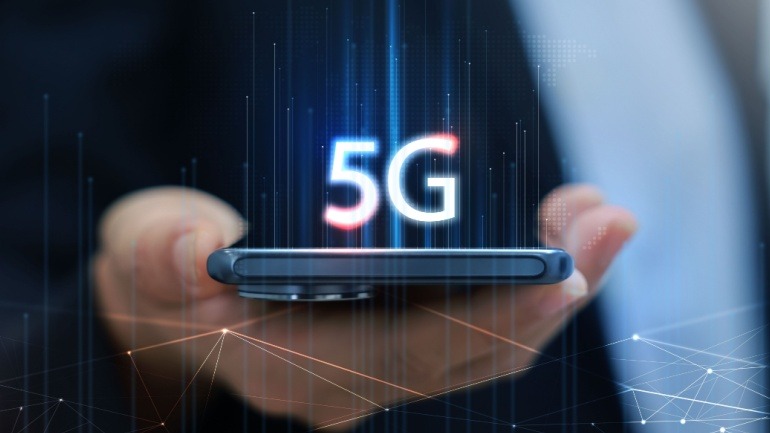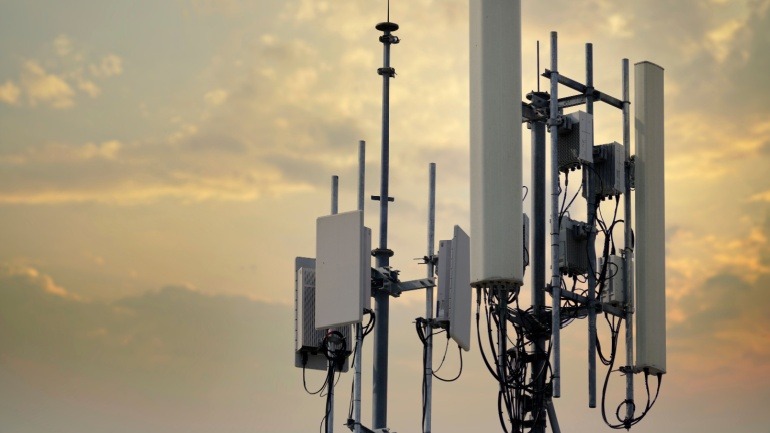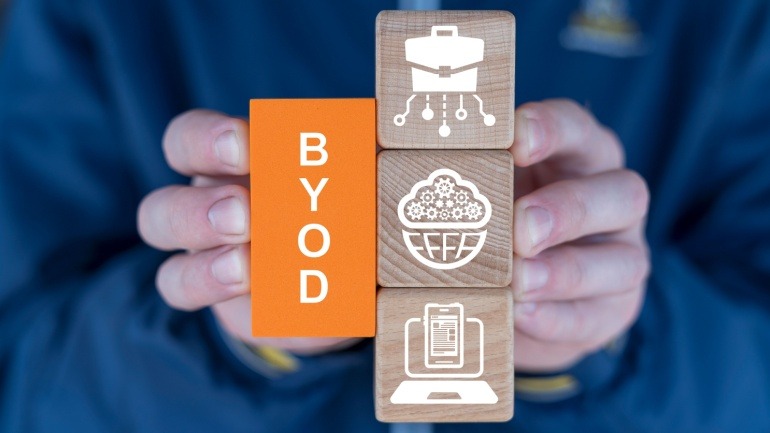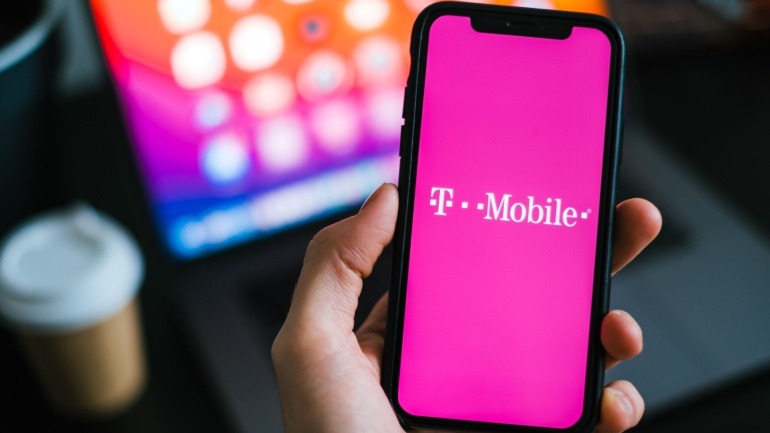In an era where 4G LTE’s limitations are pronounced, federal agencies are increasingly recognizing the need for a 5G transition. 5G not only promises enhanced mobile connectivity but also supports cloud adoption and edge computing, crucial for modernizing IT infrastructure. Its speed, scalability, and security revolutionize operations, making it indispensable for modernization.
Wavenet’s strategic partnership with 8×8 marks a pivotal shift in the VoIP industry, enhancing enterprise communication solutions with robust cloud capabilities. By integrating 8×8’s cutting-edge technology, Wavenet delivers a comprehensive platform optimized for voice, messaging, and customer engagement, streamlining communications for businesses seeking efficient VoIP solutions.
Future Technologies is making waves in the VOIP industry with its bold strategy to become North America’s top private 5G provider by 2026. Partnering with Battle Investment Group, the firm is leveraging acquisitions and equity to enhance its connectivity offerings. With a focus on industrial AI and IoT, Future Technologies commits to delivering superior VOIP solutions, positioning itself at the forefront of technological growth. This move promises significant revenue and workforce expansion, catering to enterprises seeking robust private 5G networks.
In today’s global business landscape, seamless communication is essential. Many companies still rely on outdated telephony models leading to inefficiencies and inconsistent user experiences. A shift to cloud-first solutions integrated with platforms like Microsoft Teams can streamline operations, reduce costs, and enhance communication flexibility for multinational enterprises.
As the wireless landscape evolves, Wi-Fi 8 emerges as the game-changer in VoIP and connectivity solutions. With a surge in devices, Wi-Fi 8 (IEEE 802.11bn) tackles the pressing challenges of current Wi-Fi standards. It promises not just enhanced speeds but smarter, efficient VoIP networks essential for future communications, making it indispensable.
Embracing Bring Your Own Device (BYOD) in the workplace can boost productivity and save costs significantly. However, this trend introduces notable cybersecurity risks, especially amidst growing hybrid work environments. Implementing strong BYOD policies is crucial for safeguarding sensitive data. Organizations must balance technology with user vigilance to ensure security.
Stay ahead in the evolving VOIP landscape with SIPPIO’s Market Briefings. These quarterly webinars illuminate the Unified Communications as a Service (UCaaS) sector, empowering partners and carriers. Dive into expert insights on industry trends and innovations, ensuring you remain informed, agile, and successful in a competitive telecommunications arena.
In the evolving world of telecommunications, Glow is making headlines with a $65 million investment fueling its international expansion. This move underscores Glow’s ambition to redefine device financing for giants like BT. By harnessing fintech advancements, Glow aims to streamline payments and insurance solutions. As device reliance grows, Glow’s strategic expansion in markets like Germany and the U.S. promises innovation in telecommunications. However, with this growth comes the challenge of maintaining quality amid expanding operations. The backing from industry titans highlights the potential for transformative change where telecommunications and fintech converge, paving the way for cutting-edge VoIP solutions.
Evolve IP is positioning itself for a strong future in the VoIP landscape by 2026. Alex Finn, the new Global Sales Director, is setting ambitious goals to enhance the VoIP partner ecosystem. Strategic partnerships, like with Talkdesk, and leveraging AI are central to Evolve IP’s competitive edge.
T-Mobile US is revolutionizing B2B offerings under the 5G Advanced framework, enhancing enterprise solutions with Edge Control and T-Platform. Edge Control focuses on minimizing latency, crucial for real-time business communications and IoT management. T-Platform provides comprehensive operational insights, enabling businesses to optimize performance and communication efficiencies.













